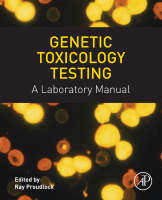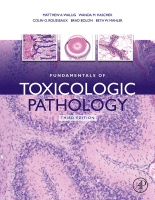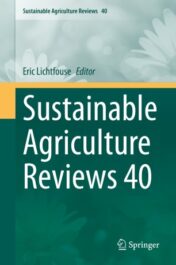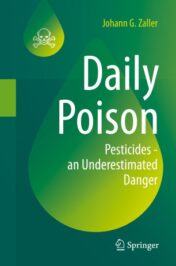Toxicology Books
Toxicology Books
Toxicology Books
Toxicology Books
Illustrated Toxicology With Study Questions 2018 Original pdf
Toxicology Books
Toxicology Books
Toxicology Books
Handbook on Biological Warfare Preparedness 2019 Original pdf
Toxicology Books
Genetic Toxicology Testing A Laboratory Manual 2016 original pdf
Toxicology Books
Toxicology Books
Toxicology Books
Environmental Factors in Neurodevelopmental and Neurodegenerative Disorders 2015 original pdf
Toxicology Books
Toxicology Books
Toxicology Books
Toxicology Books
Bioenvironmental Issues Affecting Men’s Reproductive and Sexual Health 2018 Original pdf
Toxicology Books
Anatomy and Histology of the Laboratory Rat in Toxicology and Biomedical Research 2019 Original pdf
Toxicology Books
Toxicology Books
History of Modern Clinical Toxicology 1st Edition 2021 Original pdf
Toxicology Books
Recent Advances in the Science of Cannabis 2021 Original pdf
Toxicology Books
Toxicology Books
Toxicology Books
Model Organisms to Study Biological Activities and Toxicity of Nanoparticles 2020 Original pdf
Toxicology Books
Daily Poison Pesticides – an Underestimated Danger 2020 Original pdf
Introduction
Are you looking for the best toxicology books to help you understand toxins and their effects on the human body? Look no further! This comprehensive guide will provide you with a list of the top toxicology books available, as well as helpful information about each one. From basic concepts to advanced topics, these books will give you an in-depth understanding of toxins and how they can affect your health. With this guide, you'll be able to find the perfect book to help you learn more about toxicology and stay informed about the latest developments in the field.
The American Bison, also known as the buffalo, is a large mammal that is native to North America. It is the largest land mammal in the United States and Canada, and is an iconic symbol of the American West. The bison is a member of the Bovidae family, which includes cattle, goats, sheep, and antelopes.
Bison are typically brown or black in color, with a shaggy coat of fur that helps them stay warm in cold climates. They have a large head, short neck, and a hump on their shoulders. Their horns are curved and can grow up to two feet long. Bison can weigh up to 2,000 pounds and stand up to six feet tall at the shoulder.
Bison are herbivores, meaning they feed on grasses, sedges, and other vegetation. They are grazers, meaning they eat small amounts of food throughout the day. Bison are social animals and live in herds of up to several hundred individuals. They migrate seasonally in search of food and water.
Bison were once abundant across North America, but their population was drastically reduced by hunting and habitat loss. Today, there are approximately 500,000 bison in the United States and Canada. Most of these bison are found in conservation areas, such as national parks and wildlife refuges.
The American bison is an important part of our nation’s history and culture. It is a symbol of strength and resilience, and its presence reminds us of the importance of protecting our natural resources.






























